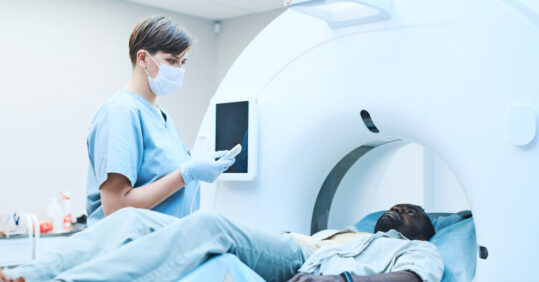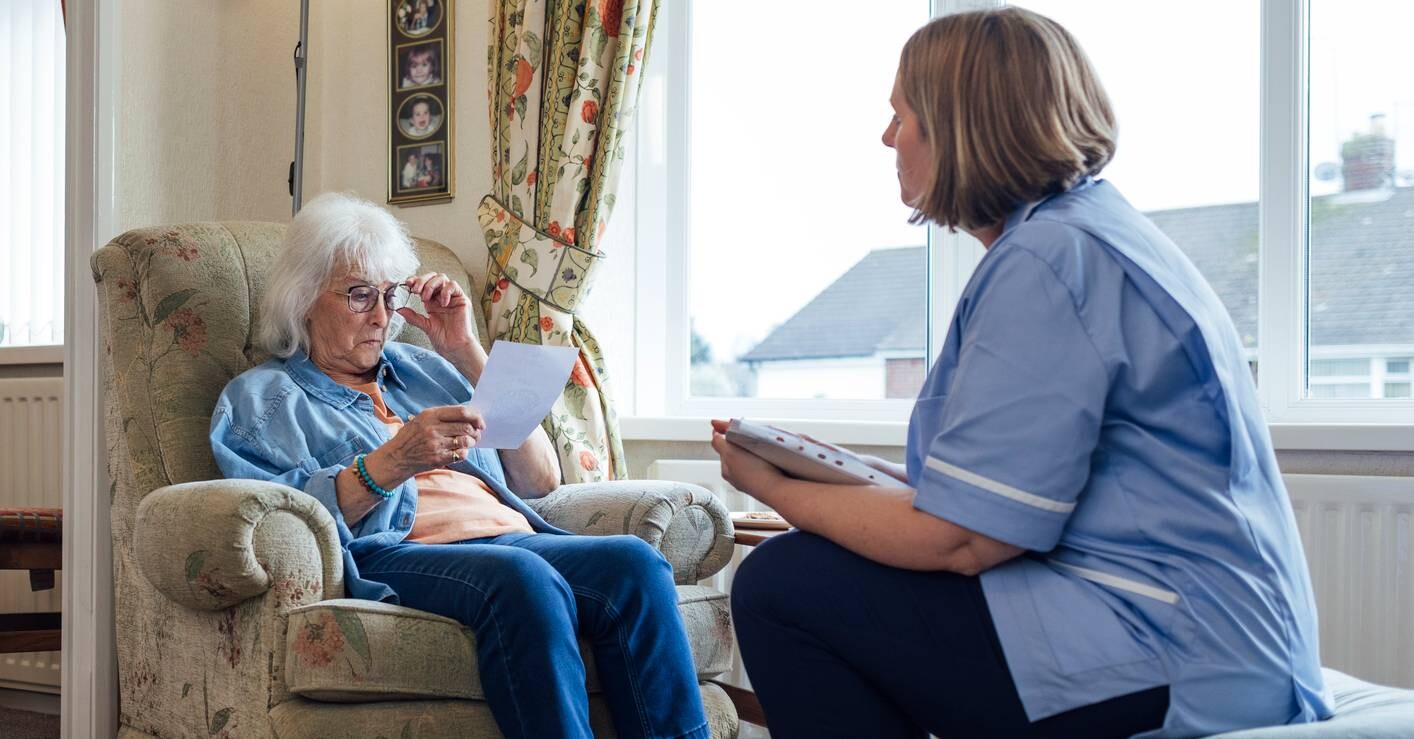Expansion of community diagnostic centres announced

Tens of thousands of patients will benefit from 19 new community diagnostic centres (CDCs) approved to open across England, the Government has announced.
The additional community diagnostic centres are expected to perform 1.1m tests, scans and checks, and are planned to open later this year.
The ‘one-stop shops’ are backed by £2.3bn in funding from the Government and are located in locations within the community, such as shopping centres and football stadiums.
Related Article: New preceptorship package for social care nurses
The latest set of facilities will take the total number of operational CDCs to 143, over 80% of the Government’s target of 160 centres by 2025.
However, not all of the CDCs are near being ready to recruit, with one centre still needing to finalise the clinical pathways that will be able to use the centre and set the staffing model, Nursing in Practice has learned.
Existing community diagnostic centres offer a range of services including ultrasound scans, blood tests, and heart rhythm and blood pressure monitoring. Mr Barclay added that the new centres would ‘take us even further’ by implementing ‘cutting edge’ MRI, CT, and X-ray machines.
However, a spokesperson for the trust said that they were were optimistic that the CDC would improve the provision of community health care services, saying that the CDC is being located in one of Cumbria’s more deprived areas and ‘will improve access to diagnostics for patients in West Cumbria’.
Related Article: Applications to study nursing in England at ‘new low’
A spokesperson for Bedfordshire, Luton and Milton Keynes Integrated Care Board said that ‘Once referred by a GP, pharmacist or hospital, patients can access CDCs in their local area to get any concerning symptoms checked out’, and added that they ‘Look forward to publishing more detail in due course’.
NHS national director of elective recovery, Sir James Mackey said that the centres had ‘played a key role in helping us virtually eliminate the number of people waiting more than two years for treatment and keeping the NHS on track to do the same for people waiting over 18 months by the end of April, with the centres now having delivered an incredible 3 million tests and checks.’
While the DHSC has confirmed that that GPs will be able to refer patients to the newly approved community diagnostic centres, none of the centres who responded to requests for comment were able to confirm whether referrals would be accepted from advanced nurse practitioners, and the role for nurses in these new centres remains unclear.
Health and social care secretary Steve Barclay said that ‘rapid diagnosis offers reassurance to patients, reduces waiting lists, and, crucially, saves lives.
Related Article: Paul Rees appointed as permanent NMC chief executive and registrar
‘CDCs have been fundamental to this effort, delivering over 3 million extra tests which are helping to diagnose conditions from cancer to lung disease more quickly across the country.’

See how our symptom tool can help you make better sense of patient presentations
Click here to search a symptom




